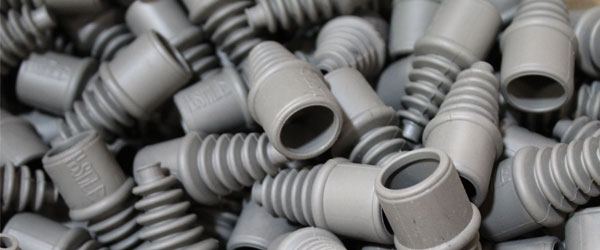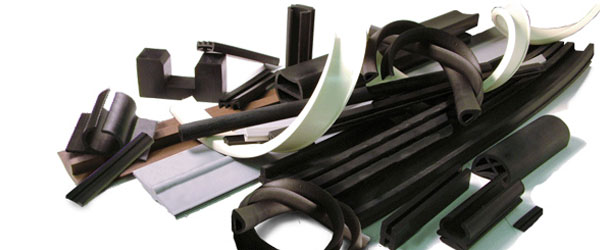
Rubber compounds are complex mixtures of rubber, fillers, oils, curatives, and other additives. Such experimental studies as have been done, have, of necessity, been confined to a few specific, and usually simple, compounds. Mathematical models of rubber flow, have, therefore, to make a number of simplifying assumptions in order to reduce their complexity, and to match experimental results. The major problem has been the difficulty in defining the interactions between fillers and elastomers. In addition, rubber compounds show both purely viscous behavior and time-dependent elastic behavior. A viscous response is proportional to the rate of deformation, while an elastic response is proportional to the amount of deformation. In addition, viscoelastic properties of compounds vary with changes in applied strain, frequency and temperature. Testing at several different frequencies, strains and temperatures is therefore necessary in order to thoroughly characterize the properties of any one compound. For a perfectly viscous material, deformation energy is dissipated as heat and relaxation of strain would result in zero stress instantly. Perfectly elastic materials would store deformation energy and give no stress decrease after the deformation is removed. In general both in design of equipment, and in process simulation, the simplification is made that the flow can be treated as being purely viscous. Polymer flow behavior is also non-Newtonian, that is shear stress is not proportional to shear rate.
Flow Behavior of Rubber Compounds
Comments are closed.
 (909) 987-1774
(909) 987-1774 Email Us
Email Us







